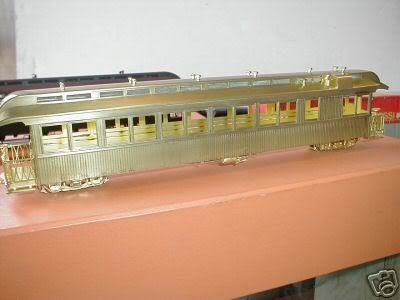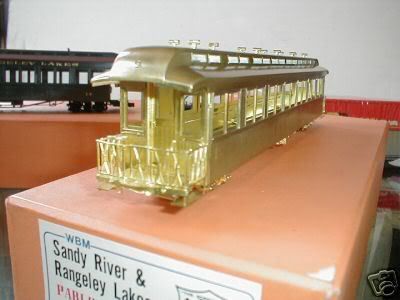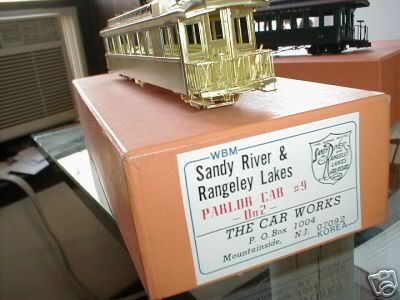I'm willing to be shown I'm wrong, but very few narrow gauge (2ft or 3ft) cars were even 8ft wide. The physics of keeping the trains on a stable track base which has only 6ft or 7ft long ties, prevents cars from being as wide or as tall as their standard gauge counterparts grew to be.
When narrow gauge was first touted as a way to get around the enourmous start-up costs of putting a railroad into rugged country (1870s and 1880s), narrow gauge cars were in fact very close in size to their standard gauge cousins. But standard gauge wasn't as limited, and the cars grew in size as the power and braking systems were developed to manage the bigger and heavier trains.
Standard gauge track also grew. Ties went from 8ft to today's 9ft, and cross section went from 5x7 inches to 7x9 inches. Creosoted ties, full ballasting, tie plates, and heavier rail were all implemented to help the track to stand up to the heavier loads.
Narrow gauge did not have as much room to grow due to physics. And money was always a major issue, too. Most narrow gauge roads were built that way because they didn't have enough money to build in standard gauge in the first place. Eventually, narrow gauge proved to be a false economy - operating costs were not significantly less except for the initial track work, and the inability to directly and easily interchange loaded cars raised shipping costs for industries reaching off the narrow gauge line.
my thoughts, your choices











